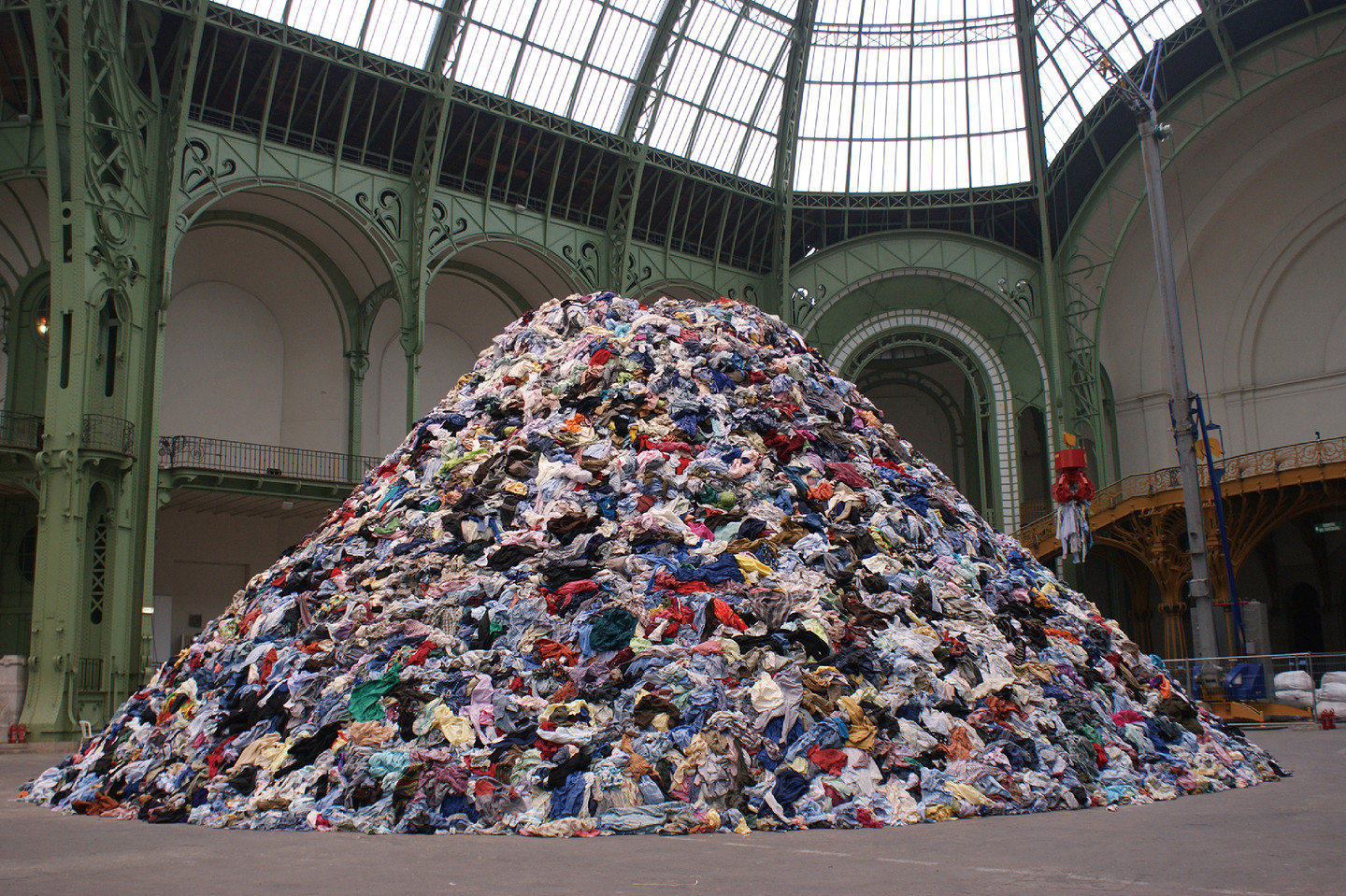The Download: Most U.S. industries, like automotive factories and energy manufacturers, are at least somewhat regulated to reduce emissions. This isn’t true of fashion, which accounts for 10 percent of global carbon emissions. Worth $2.5 trillion, the industry operates with little to no regulation whatsoever, employing 7.5 million people, of which the majority are underpaid women who are vulnerable to abuse. It operates as a conglomerate with zero accountability and a global supply chain that has caused detriment to the planet and workers.
Why It Matters: More than 95 percent of clothes sold in the U.S. are made by female laborers in developing countries, many of whom are subject to horrendous working conditions and sexual harassment. This has spiraled into a system where clothes are sold so cheaply that consumers have an insatiable demand for them: More than 150 billion garments are produced annually. Each American spends an average of $1,883 on clothes and shoes every year, totalling $380 billion, or 15 percent of the global market. That amounts to nearly 68 garments per person every year.
In Their Own Words: “The textiles system operates in an almost completely linear way: large amounts of non-renewable resources are extracted to produce clothes that are often used for only a short time, after which the materials are mostly sent to landfill or incinerated,” says the executive summary of A New Textiles Economy: Redesigning Fashion’s Future by the Ellen McArthur Foundation and the Circular Fibres Initiative. “More than $500 billion is lost every year due to clothing underutilization and the lack of recycling.”
Surface Says: To put it simply, Americans consume too many clothes. Just like Governor Cuomo has championed New Yorkers during the pandemic, so too should President Biden for climate change by regulating the fashion industry.

